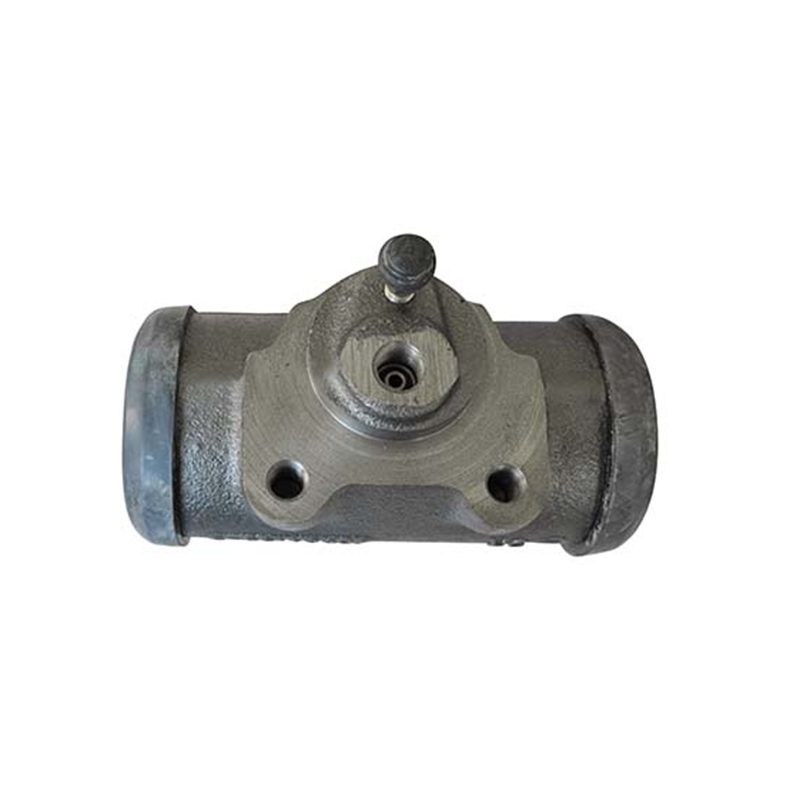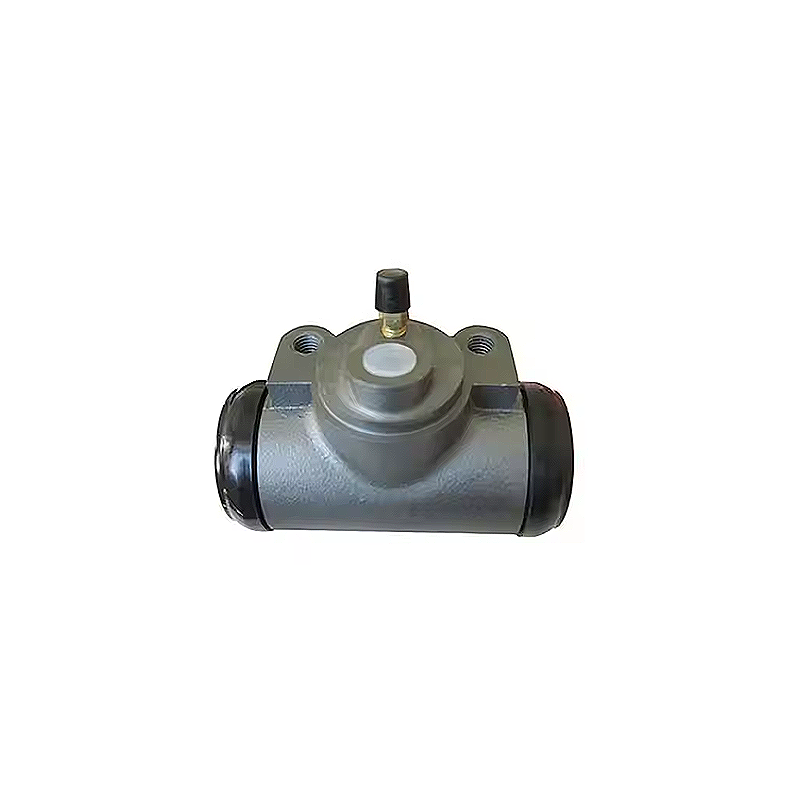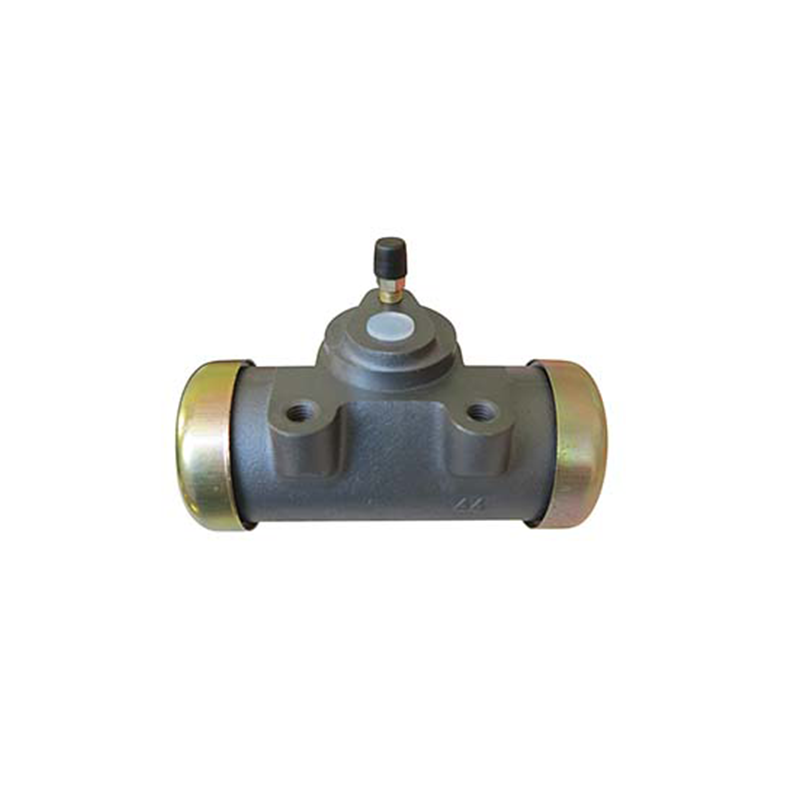
You need to diagnose brake cylinder issues to keep your truck safe and reliable. Accurate checks help you prevent brake failure. Quick action supports smooth truck operation. Use clear steps to spot problems early. Protect yourself and others by ensuring every brake cylinder works as it should.
Key Takeaways
- Watch for soft brake pedals, fluid leaks, and warning lights to spot brake cylinder problems early.
- Check brake fluid levels, inspect for leaks, and test pedal feel regularly to keep brakes reliable.
- Fix any leaks or worn parts quickly and ask a professional if you are unsure to stay safe on the road.
Brake Cylinder Problem Symptoms

When you drive a truck, you need to watch for signs that show your brake cylinder may have a problem. These symptoms help you catch issues early and keep your truck safe on the road.
Soft or Sinking Brake Pedal
You may notice the brake pedal feels soft or sinks slowly when you press it. This symptom often means air has entered the brake lines or the brake cylinder is not holding pressure. When the pedal does not feel firm, you might not get enough stopping power.
Tip: Always check the pedal feel before starting a long trip. A soft pedal can signal a serious issue with the brake cylinder or the hydraulic system.
Brake Fluid Leaks
Brake fluid leaks are a clear warning sign. You might see puddles or wet spots under your truck near the wheels or under the engine bay. The brake cylinder uses hydraulic fluid to create pressure. If you lose fluid, the brakes will not work well.
- Look for these signs of a leak:
- Fluid stains on the inside of the wheels
- Low brake fluid level in the reservoir
- A strong, chemical smell near the wheels
If you spot any of these, check the brake cylinder and related parts right away.
Warning Lights and Dashboard Alerts
Modern trucks use sensors to monitor the brake system. If the brake warning light or ABS light comes on, you should not ignore it. These alerts often mean the system has detected a drop in pressure or a problem with the brake cylinder.
Note: Dashboard alerts can help you find problems before they get worse. Always read your truck’s manual to understand what each warning light means.
You can keep your truck safe by paying attention to these symptoms. Early detection of brake cylinder issues helps you avoid costly repairs and dangerous situations.
Brake Cylinder Diagnostic Steps

Check Brake Fluid Levels
Start your inspection by checking the brake fluid reservoir. Open the hood and find the reservoir near the back of the engine bay. Look at the markings on the side. The fluid should sit between the “MIN” and “MAX” lines. If the level drops below “MIN,” you may have a leak or worn brake components.
Tip: Use only the recommended brake fluid for your truck. Mixing different types can cause damage.
Inspect for Visible Leaks
Walk around your truck and look for any signs of leaking fluid. Pay close attention to the area near each wheel and under the engine bay. Wet spots, stains, or puddles can point to a problem with the brake cylinder or its connections.
- Check these areas:
- Around the wheels
- Under the brake lines
- Near the brake master cylinder
If you see any leaks, you need to fix them before driving again.
Test Brake Pedal Feel and Response
Sit in the driver’s seat and press the brake pedal. The pedal should feel firm and steady. If it feels soft, spongy, or sinks slowly, air or fluid may have entered the system. This can mean the brake cylinder is not working as it should.
Note: A firm pedal gives you better control and stopping power.
In-Vehicle Brake Cylinder Testing
You can test the brake cylinder while it is still in your truck. Start the engine and press the brake pedal several times. Hold the pedal down and watch for any slow sinking. If the pedal sinks, the brake cylinder may not hold pressure.
- Listen for any hissing sounds.
- Watch for warning lights on the dashboard.
Both signs can point to a problem with the brake cylinder.
Bench Testing the Brake Cylinder
If you remove the brake cylinder from your truck, you can test it on a workbench. Plug the outlets and fill the cylinder with brake fluid. Press the piston and check for leaks or loss of pressure.
Caution: Wear gloves and safety glasses when handling brake fluid.
A good brake cylinder will not leak or lose pressure during this test.
Troubleshooting Related Components
Sometimes, other parts can cause brake problems. Check the brake lines, hoses, and master cylinder for damage or wear. Make sure all connections are tight and free from rust.
- Inspect the clutch slave cylinder if your truck uses a hydraulic clutch system.
- Look for worn seals or cracked hoses.
Fixing these parts can help restore full brake performance.
You protect your truck and everyone on the road when you spot brake cylinder issues early. Regular inspections help you avoid sudden problems. If you feel unsure about any step, ask a professional for help. Safe driving starts with a reliable brake cylinder system.
FAQ
How often should you check your truck’s brake cylinder?
You should check your brake cylinder every 10,000 miles or during every routine maintenance. Early checks help you spot problems before they get worse.
What brake fluid should you use for HINO trucks?
You should use the brake fluid recommended in your HINO truck’s manual. Using the correct type keeps your brake system safe and working well.
Can you drive if you see a brake fluid leak?
Warning:
You should not drive if you see a brake fluid leak. Leaks can cause brake failure. Always fix leaks before using your truck.
Post time: Jul-02-2025





